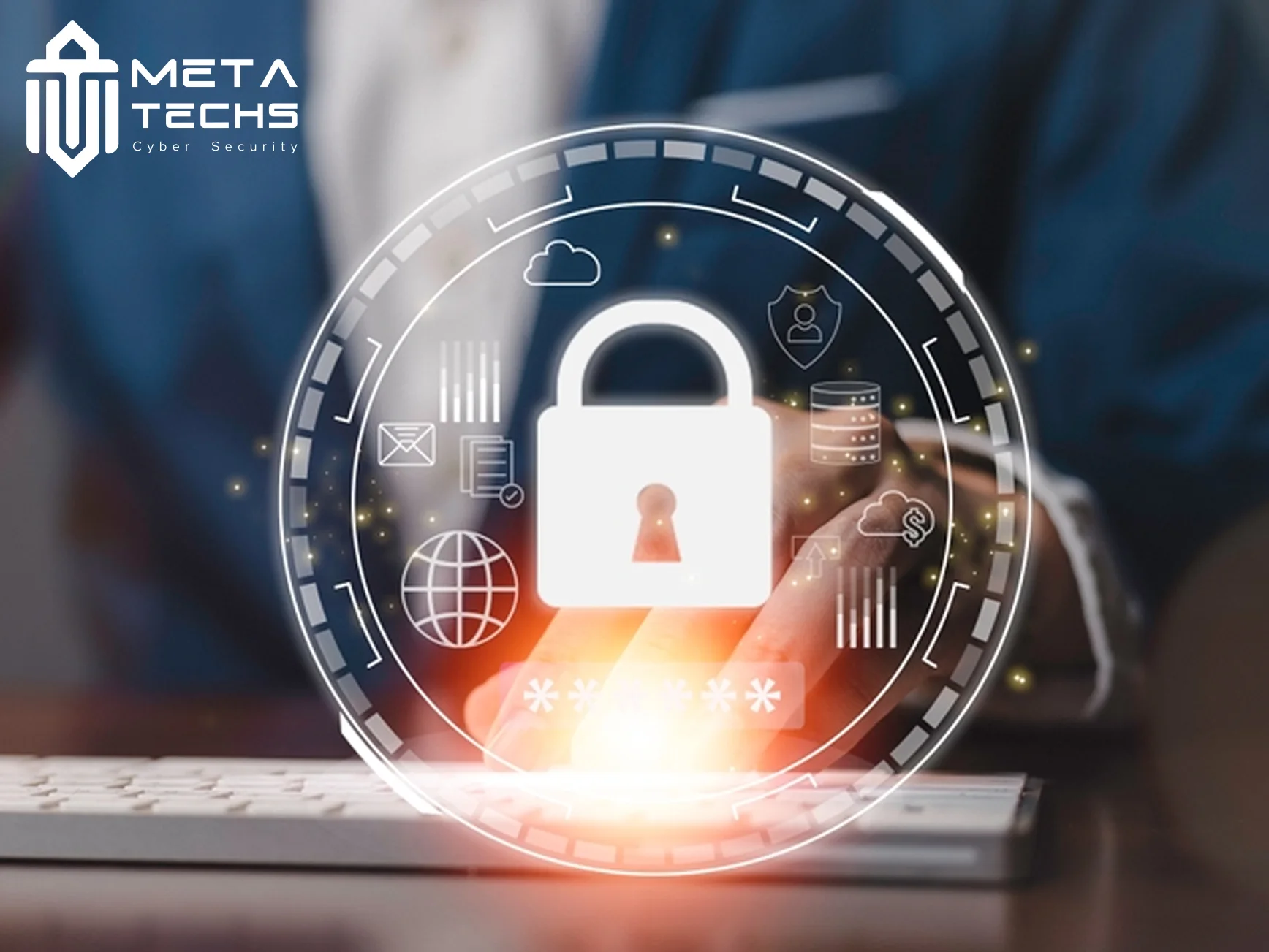The National Institute of Standards and Technology (NIST), has recently released the 2.0 version of its acclaimed Cybersecurity Framework (CSF). This new version represents a major update since the framework’s inception in 2014. The NIST CSF provides guidelines and best practices to help organizations manage and reduce their cybersecurity risks.

What Is NIST Cybersecurity Framework 2.0?
The NIST CSF is a framework, not a technical standard. It serves as a high-level map for security leaders to identify areas of protection that require attention. The framework is divided into ‘functions’ or ‘categories’ that outline specific objectives. These functions and categories provide a series of ‘buckets’ where cybersecurity activities, technology deployments, and processes are placed. The purpose is to identify buckets with too little activity, too much activity, or repetitive activity.
The Evolution of the Nist cybersecurity framework
Since the initial release of the CSF in 2014, the framework has undergone significant changes. The 2.0 version acknowledges the dynamic nature of cybersecurity and the evolving needs of organizations. The most notable change in CSF 2.0 is the inclusion of Governance as a sixth function. This shift elevates the importance of governance in the framework, from a mere mention in the previous five categories to a separate function.
Key Additions and Enhancements for nist framework
The most pronounced change in CSF 2.0 is the refinement of its core structure to improve usability and streamline risk management. One of the most noteworthy updates is the integration of C-SCRM (Cybersecurity Supply Chain Risk Management) as a core function, reflecting the escalating risks in the global supply network. Furthermore, CSF 2.0 emphasizes agility and operational resilience, recognizing that a dynamic approach is essential to withstand the evolving threat landscape.
Interconnectedness of Core Functions
The interdependencies among the five core functions—Identify, Protect, Detect, Respond, and Recover—are refined to enhance coherence in cybersecurity planning. Version 2.0 offers a nuanced approach, helping organizations understand that cybersecurity is not just a technical issue but a strategic business endeavor
Why is NIST CSF 2.0 important?
NIST Cybersecurity Framework 2.0 is essential for several compelling reasons. Primarily, it addresses the rapidly changing cybersecurity threats facing organizations by providing an updated and comprehensive guide for managing and mitigating risks. Its revised structure and expanded guidelines offer organizations a more flexible, applicable framework that can be customized to fit the size and nature of any business, making cybersecurity more accessible across various sectors. Furthermore, NIST Cybersecurity Framework 2.0 emphasizes the integration of cybersecurity practices into the core operations and strategy of an organization, promoting a culture of security awareness that extends beyond the IT department. This approach helps ensure that cybersecurity becomes a shared responsibility among all employees, enhancing the overall security posture of the entity. Additionally, by incorporating the latest cybersecurity trends and threats, NIST Cybersecurity Framework 2.0 aids organizations in maintaining a proactive stance against cyber threats, ensuring that they are not only equipped to handle current challenges but are also prepared for future vulnerabilities.
New Reference Tools
Alongside the CSF 2.0, NIST has also launched additional tools and resources to aid organizations in implementing the framework. These include new Implementation Examples and Quick Start Guides designed for specific types of users. Additionally, a new CSF 2.0 Reference Tool has been released, allowing users to explore the framework functions, export sections for reference, and filter for Informative References.
Benefits of Implementing NIST CSF 2.0
Enhanced Cybersecurity Posture
Adopting CSF 2.0 enhances an organization’s ability to prevent, detect, and respond to cyber incidents. It acts as a strategic scaffold for risk-based decisions and continual security improvements, thereby fortifying the overall cybersecurity stance.
Risk Management Improvements
CSF 2.0 aids in the identification and prioritization of cybersecurity risks, fostering a risk-aware culture within organizations. The framework’s systematic approach to risk management supports more informed investment in security countermeasures and risk minimization strategies.
Compliance with Industry Standards
Aligning with NIST Cybersecurity Framework 2.0 can facilitate alignment with other cybersecurity frameworks, standards, and regulations. This not only ensures compliance but also provides a comprehensive approach to cybersecurity that encapsulates the unique aspects of a business’s operations and risk profile.
Key Changes and Updates in CSF 2.0
CSF 2.0 provides more granular metrics for assessing and managing cybersecurity risks. The new version offers specific measurements that organizations can utilize to quantifiably evaluate their cybersecurity efforts, enabling more effective management and reporting.
Frequently Asked Questions
What is the Current Version of NIST CSF?
The latest iteration of the NIST CSF is version 2.0. Released in response to the escalating cybersecurity challenges, it represents the state-of-the-art in security management frameworks, offering a proactive, risk-informed approach to protection.
When Was NIST Cybersecurity Framework 2.0 Published?
The NIST Cybersecurity Framework was first published in 2014, with regular updates to maintain its relevance and applicability. The 2.0 version, a significant milestone in the framework’s evolution, was released in February 2024.
Is NIST CSF Better Than 800-53?
The NIST Cybersecurity Framework (CSF) and NIST Special Publication 800-53 serve different but complementary purposes. CSF is designed as a set of guidelines and best practices focused on managing cybersecurity risks, while SP 800-53 provides a catalog of security and privacy controls for federal information systems and organizations. Organizations often use CSF to align with SP 800-53’s objectives and tailor their control implementation accordingly for a robust security posture.
Strategically aligning with both can offer a robust and responsive cybersecurity strategy that meets the nuanced needs of an organization’s risk landscape.
In conclusion, the advent of NIST Cybersecurity Framework 2.0 heralds a new era in organizational cyber resilience, emphasizing governance, supply chain risk, and agility. Its comprehensive approach and the array of new tools introduced alongside it make it not just a regulatory requirement, but an asset in the ongoing struggle for digital security. Organizations that seek to bolster their cybersecurity postures and thrive in an increasingly digital world would do well to familiarize themselves with NIST Cybersecurity Framework 2.0 and consider its adoption.
conclusion
the advent of NIST Cybersecurity Framework 2.0 heralds a new era in organizational cyber resilience, emphasizing governance, supply chain risk, and agility. Organizations that seek to bolster their cybersecurity postures and thrive in an increasingly digital world would do well to familiarize themselves with NIST Cybersecurity Framework 2.0 and consider its adoption.
In this rapidly evolving cybersecurity landscape, consulting services have become an integral part of the defense mechanism for organizations globally. Notably, Meta Techs, a cybersecurity consultancy based in Dubai, has emerged as a key player offering expert guidance in implementing frameworks like NIST Cybersecurity Framework 2.0. Their specialized approach combines deep industry knowledge with the intricacies of regional and international cybersecurity standards, ensuring that businesses not only meet but exceed the strategic objectives outlined in frameworks such as the NIST Cybersecurity Framework.
For organizations looking to elevate their cybersecurity framework in alignment with NIST Cybersecurity Framework 2.0, engaging with Meta Tech can be the first step towards a fortified cyber defense. To initiate a partnership, or to simply learn more about how Meta Tech can assist your organization in implementing or enhancing cybersecurity measures, reach out via their official website.
Meta Tech’s team of experienced cybersecurity professionals is committed to providing customized, strategic solutions to meet your specific needs and ensure your operations are secure in the face of evolving cyber threats.








